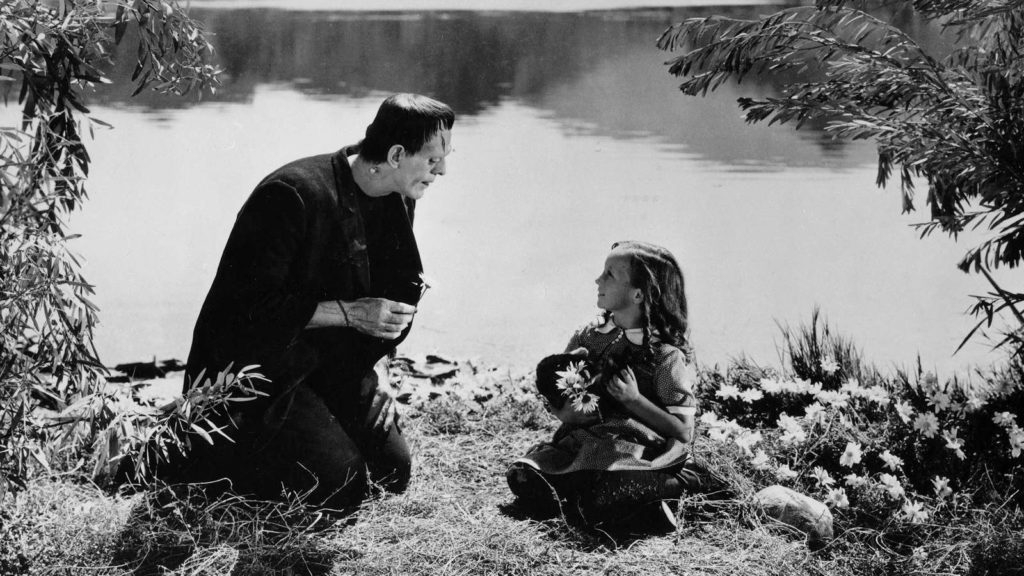As far as the Seventh Art is concerned, my life is divided into two great crises.
The first occurred in the early 1970s. As I recounted in ‘Beneath Ridley Scott’s Planet’, as a child I realised that the film industry didn’t always coincide with art, but could betray it badly.
The second crisis occurred more recently when I realised that even artistic films that are not solely driven by economic interests, but where the creator may be a genuine artist, often contain bad messages for the 14 words (as I showed this Monday with my brief review of The Godfather).
So today’s mature César not only demands of cinema that it be genuine Seventh Art. Even more important is that the film industry doesn’t betray the sacred words (and nowadays almost all of the industry betrays it).
This day I will start my series of fifty movie reviews with Frankenstein (1931 film): the second one to appear in my entry ‘50 films during the quarantine’.
It is important to bear in mind when reading my movie reviews that my confessed crisis in ‘Beneath Ridley Scott’s Planet’ represented an early awakening to the colossal crap that Hollywood makes just for profit, without the slightest concern for true art. From this point of view, when I saw on YouTube the black-and-white film of the 1931 horror movie produced by Universal Pictures and directed by James Whale—the adaptation of Mary Shelley’s novel, starring Boris Karloff and Colin Clive—I was very impressed by its artistic value.
The first thing that came to my mind was that it was unbelievable that, in the consumer society where I live, I had to watch this classic on YouTube because I had never seen it advertised for theatres, not even in art cinemas! I was also struck by the fact that the colour films about Frankenstein that can now be seen on TV lack artistic value when compared to this old black-and-white film.
Of course, both Shelley’s novel and the 1931 adaptation don’t promote our sacred words, so I won’t include it in a new list of my National Socialist must-see films. But at least, from an artistic point of view, it passes the test of my tastes: something that cannot be said of the sequels, remakes or parodies that have been made since that year to date.

One reply on “Frankenstein”
I have just changed a sentence. I had written:
Now it states:
Reason: I modified the post about my 50 recommended films, and instead of the 1939 version of The Hunchback of Notre Dame I have now chosen the 1923 version, as I will explain in my next post.